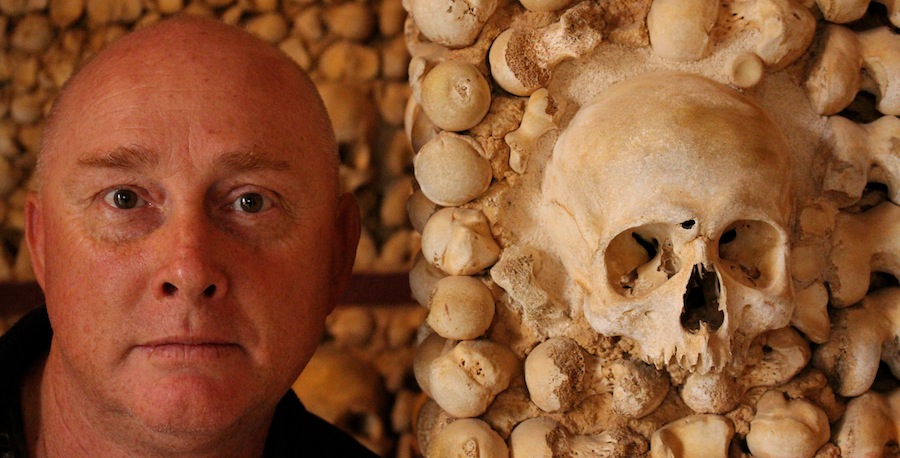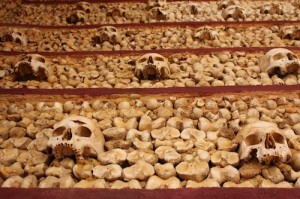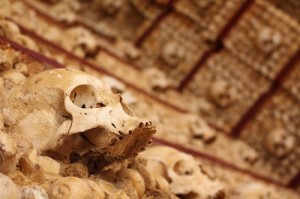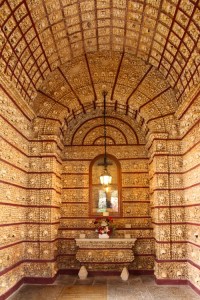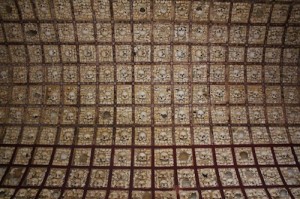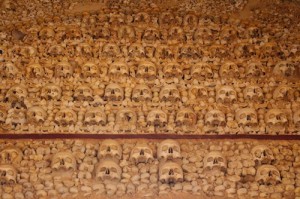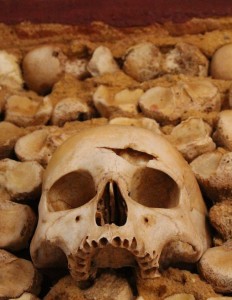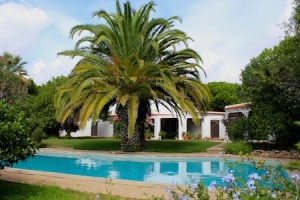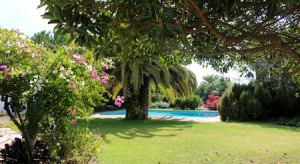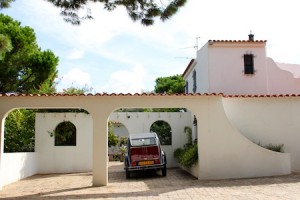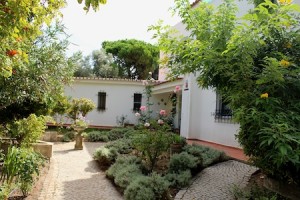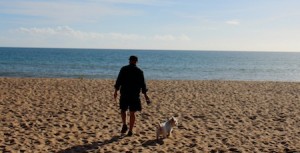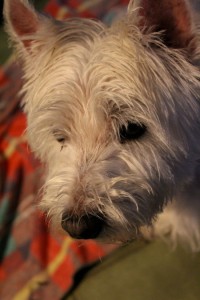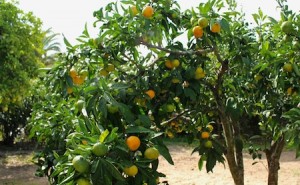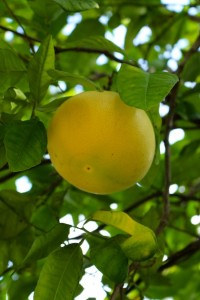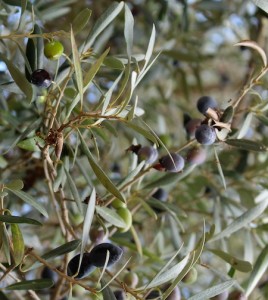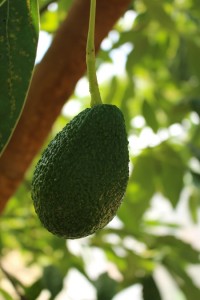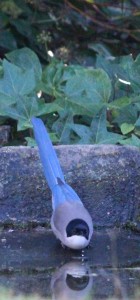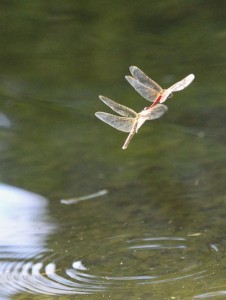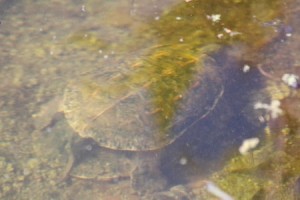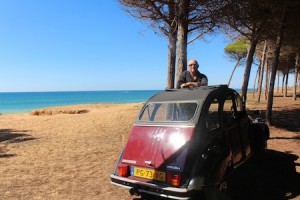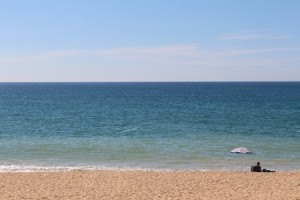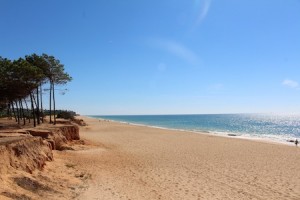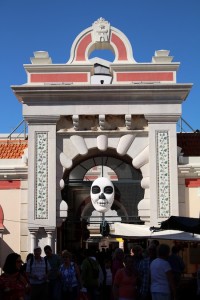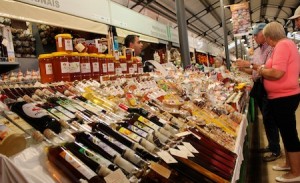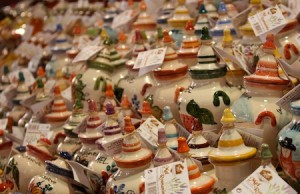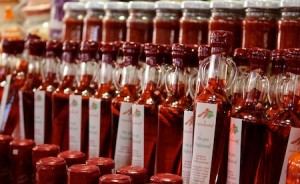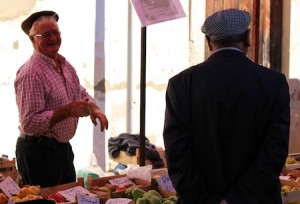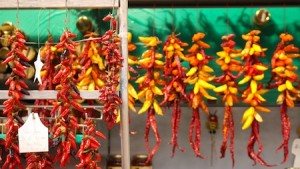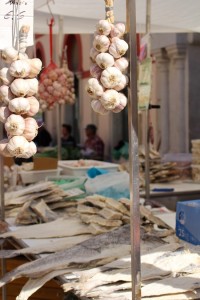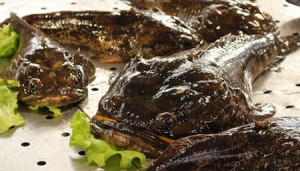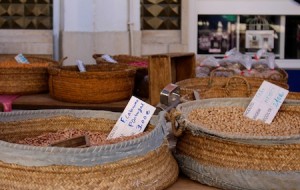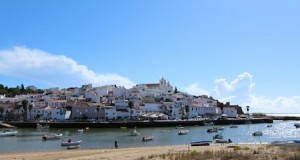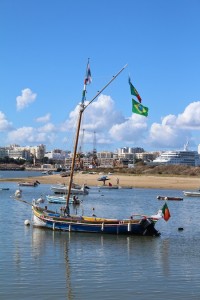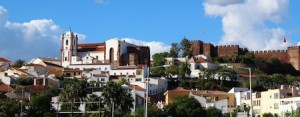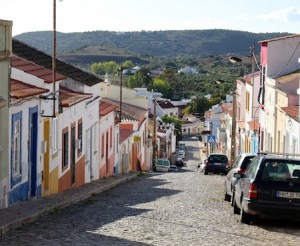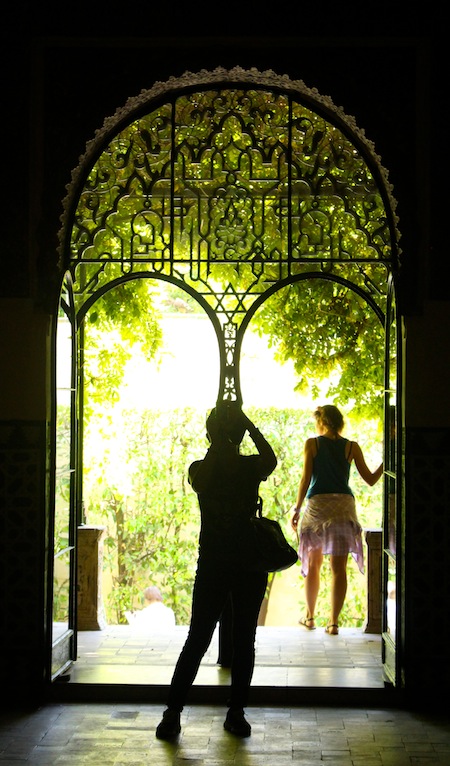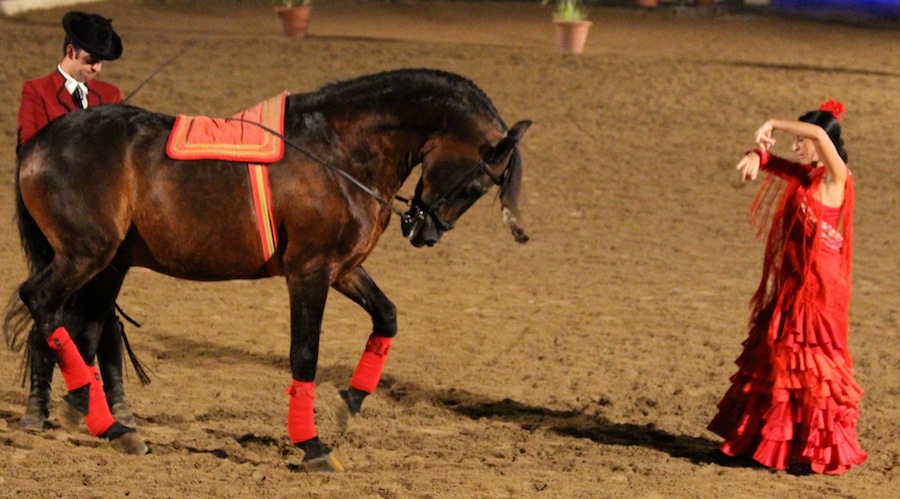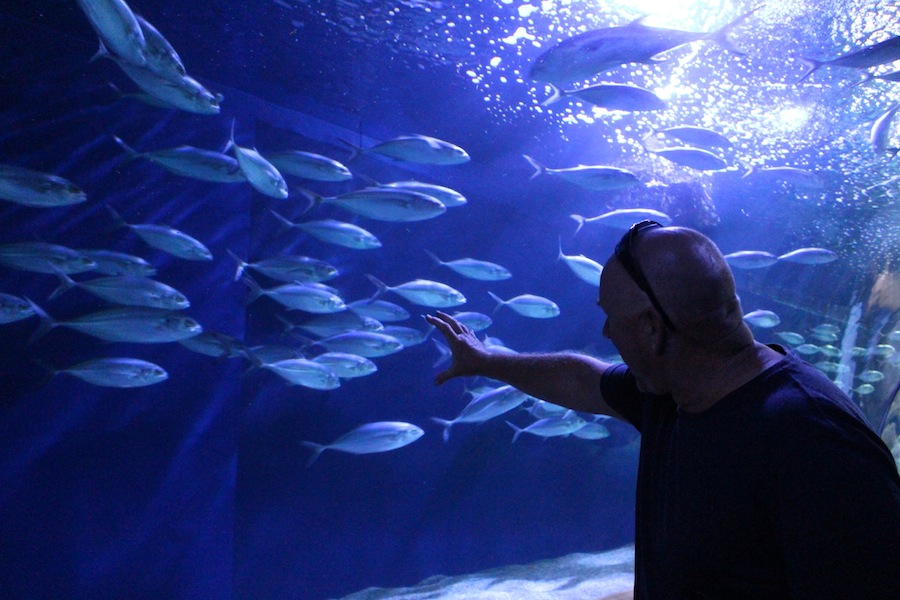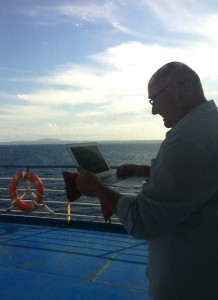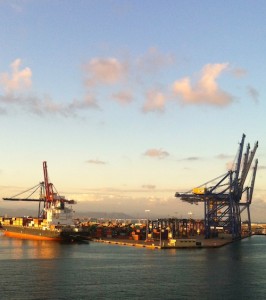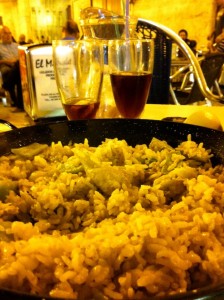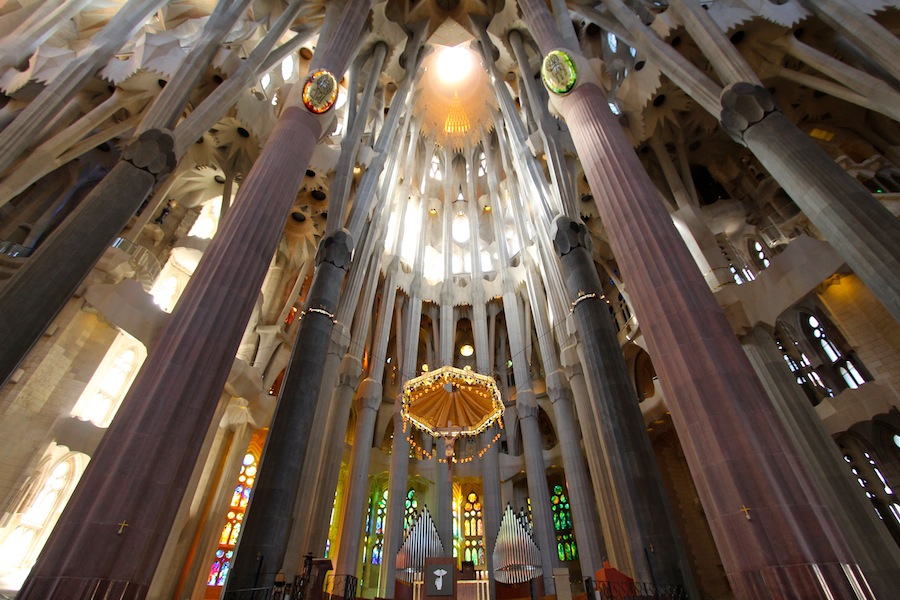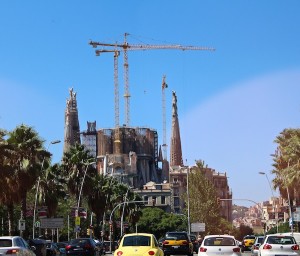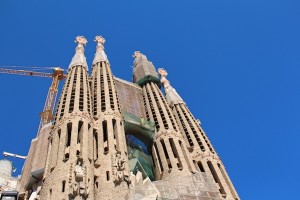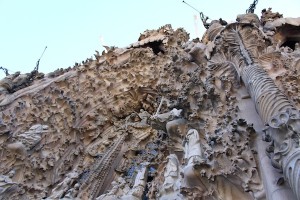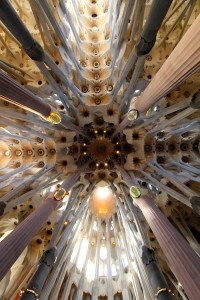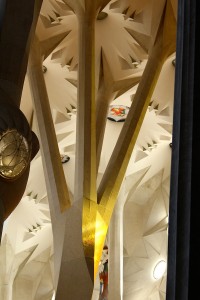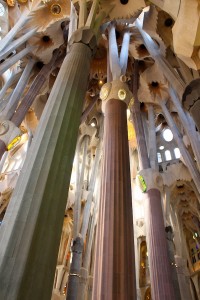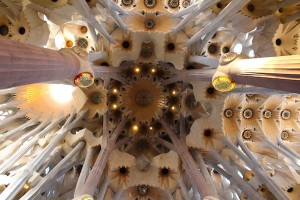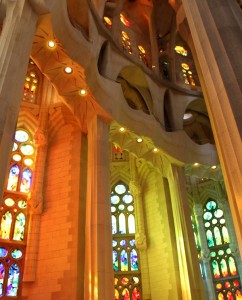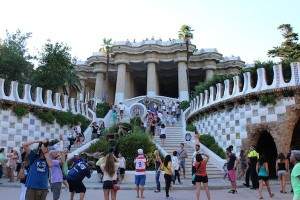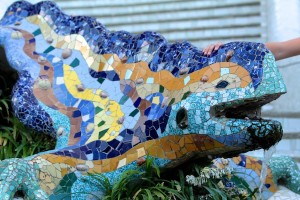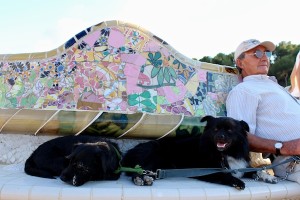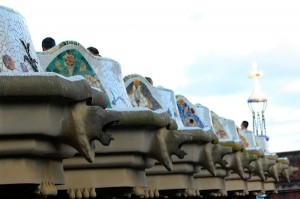Maybe the jokes in this post are a bit close to the bone, maybe you’ll want to bang your head against the wall, but we’re going to do it anyway. So, sing with us ….”the thigh bone’s connected to the hip bone, the hip bone’s connected to some cement and a metre thick wall…tra la la” – hang on, that’s not right, unless of course you are one of the skeletons of the 1245 monks used to build the Capella dos Osso, or Chapel of Bones in Faro. Dem bones, dem bones ain’t doin’ much dancin’ any more, but for nearly two hundred years they’ve been doing a lot of decorating.
The Chapel is an Ossuary – a box, room or other site designed to hold human bones. Often they were built in order to save space, but usually the bones were not on display – which is what makes the Faro chapel bone-tinglingly unusual. There are one or two other examples in the world, including another notable one in Portugal (what is with you Portuguese and the bones?) and a spectacular sounding one in the Czech Republic, complete with bone chandelier! As you approach the entrance to the Faro chapel, it looks like ornate carvings, not skeletal remains!
The Faro ossuary is tucked away at the rear of a Baroque church, Igreja do Carmo, through a dusty ante room, a narrow door and across a damp courtyard. It doesn’t really feel much fussed over for such a notable place – there was only a skeleton staff to greet us, but it’s hardly a bone of contention – as who’s going to complain?
The décor was kindly “donated” by the long-dead monks who were originally buried in a nearby cemetery, before being dug up and “rearranged” in 1816. It is said that the Chapel is designed “as a memory” to remind us of the brevity of life and how we need to live it well – an inscription over one of the doorways (which now looks out over a nursery school – not creepy at all!) warns those entering under their own steam (and skin) “Stop here and think of this fate that will befall you”. It gives you a chill right through to your ….. oh, you know where.
Joking aside, we would have loved to have known more about dem bones, dem bones – who was the oldest, what happened to the guy with the hole in his head – although Geoff’s daughter, Eliza, who is currently doing a degree in archaeology and forensic anthropology reliably informs us that it happened post-mortem and not as the result of some dodgy Name of the Rose-style incident.
But there is little information to be had. Perhaps their anonymity is another way to reinforce the brevity of life. Here’s a brief slide show and video to go with that thought! Oh, and a terrible joke to end on:
A skeleton walks into a pub and orders a beer… and a mop.
Tibia continued……

